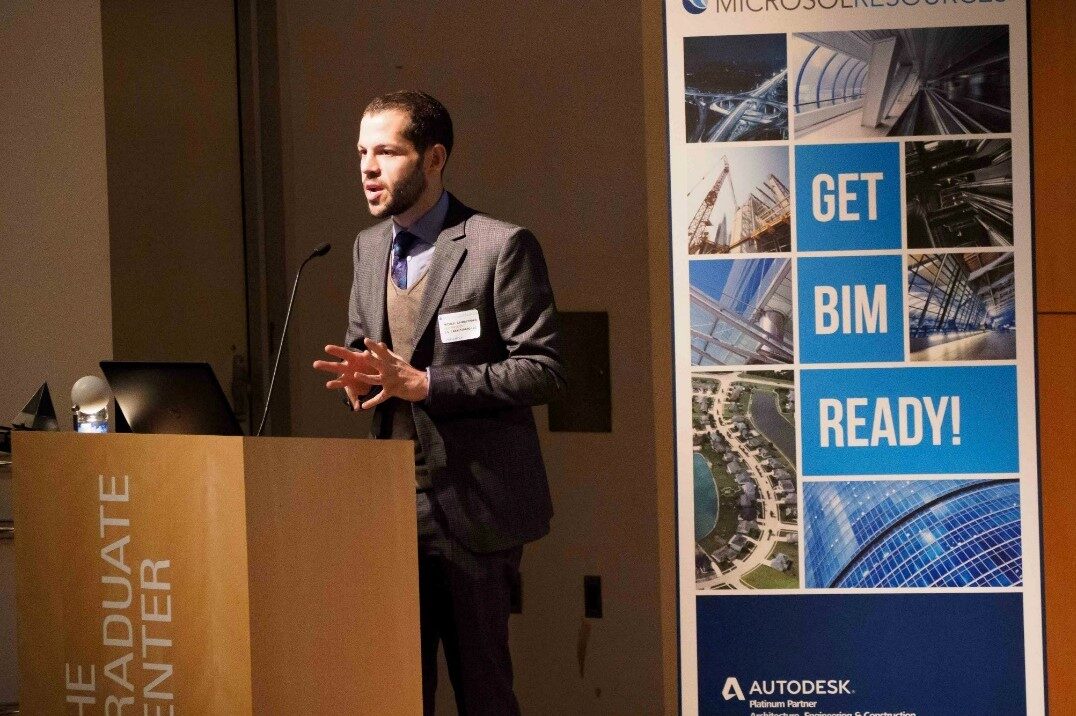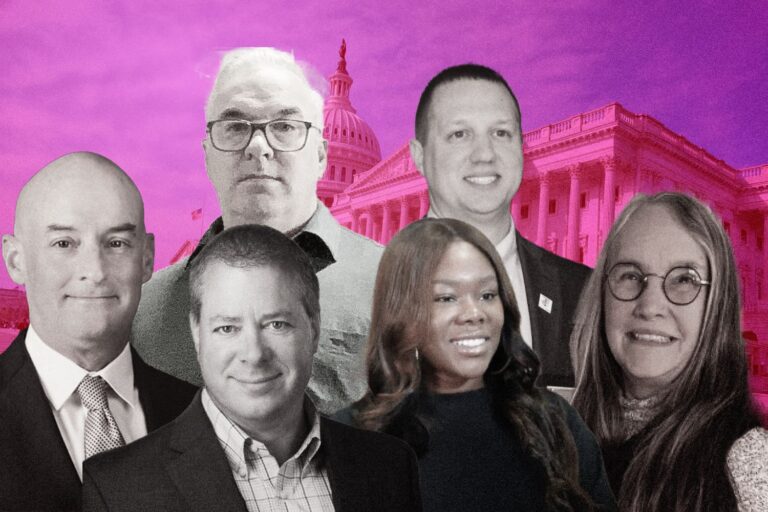JC Cannistraro and the Right Way to Move On from Old Values
Known amongst the private sector, JC Cannistraro is a mechanical construction firm, headquartered in Massachusetts. The company provides services for mechanical plants at hospitals, universities, laboratories, and many other facilities.
Today, under the second-generation leadership of President John Cannistraro Jr. and his three brothers, the firm employs over 550 people from offices to the field. And among the first mechanical contractors to embrace concepts such as pre-fabrication and 3-D modeling software, the company continues to pursue innovation and growth.
Started as a one-man plumbing shop just outside Boston, John Cannistraro Sr. and his family together brought up the business to be touted as “Boston’s Largest Mechanical Contractor” according to the Boston Business Journal and stand within the “Top 100 Mechanical Contractors in the U.S.” by ENR Magazine”.
This is a story of how this family reflects their character on the business, why blood ties do not necessarily mean a seat at the table and the art of shaping culture as a mechanical project.
The Rise of JD Cannistraro
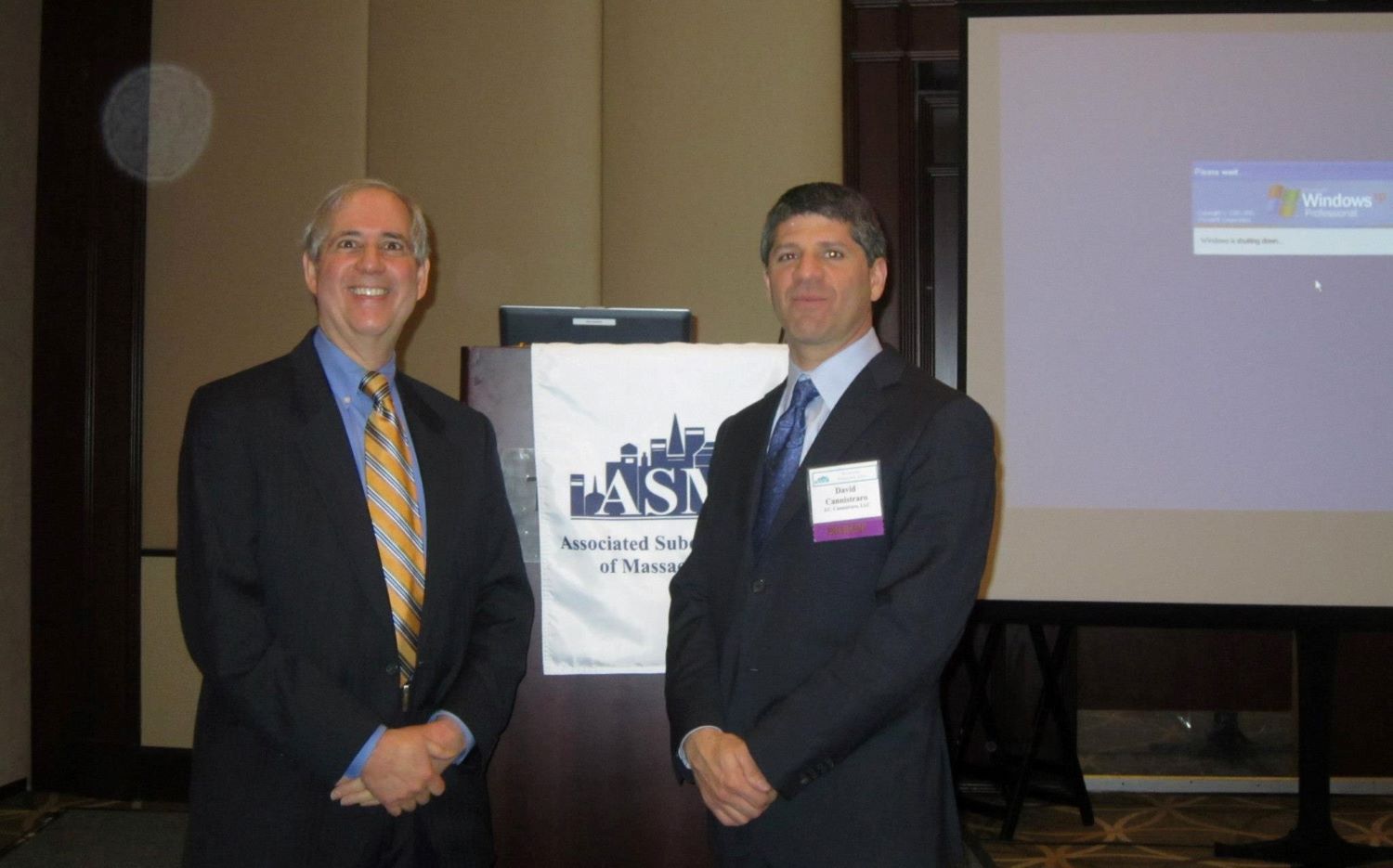
According to the BizJournal, around 1963, John Sr. with nothing more than $1500 and a pickup truck trying to start his entrepreneur venture. While working out of his own small apartment, the founder and his wife Rita together run everything from the checkbook to the field. Born in a large seven-children Italian-American family, he learned the importance of family values, pride in his work, and respect for those around him. Years later, through dogged determination and hard work, John Sr. finally gets where he wanted to be – a known contractor down in Greater Boston.
With a family of his own, he keeps on with the tradition of always coming home in time for dinner, and above all, instilling the family dynamic into his business relationships was what defined success.
So how does a mechanical construction company exhibit the qualities of a family?
“A reputation that they have each helped build over the years, these people all take pride in their work and pride in the firm’s sterling reputation,” John Sr. adds. What is important for business in a small town to strive? It accounted entirely to the people and families there, as the head of the house or the business, you have got to let them know this is more than a job – through connections between employees and their essential role in the operation. They won’t know how to join, won’t know how to learn from each other unless you show them first, especially in the first few years of the business when there were not so many of you.
Besides letting employees know they are taken care of, along with your commitment to providing them with advanced tools and materials they needed. Mentoring and support are also critical.
As the founder puts it, this is where family values take part. If you want teams to grow along with your business, you have to understand their objectives, align them all together and help people work upon them. Help them gain something valuable for themselves, gain new skills, encourage learning, and spread knowledge. By sharing you engage them deeper and if you do it right, they would want to ‘grow old with you.’
It is the ‘social capital’ of a business owner and a leader – about how you draw people into you when you are different from them and, sometimes, when you are not what they are aspired to be. However, through the way you inspire and deliver the mutual goal that both are striving toward that connects you and them.
Especially, when the company employs hundreds of staff as today, John Sr. says, the need for people to feel connected, mentored, and supported grows larger. “Anything but the follow-up, you have to be bold on that, go get a structured mentoring program if you ever think of scaling,” or ‘framework for connections’ – is also another word he mentions while recalls bringing up his company.
Blood Ties Don’t Necessarily Mean a Seat at the Table
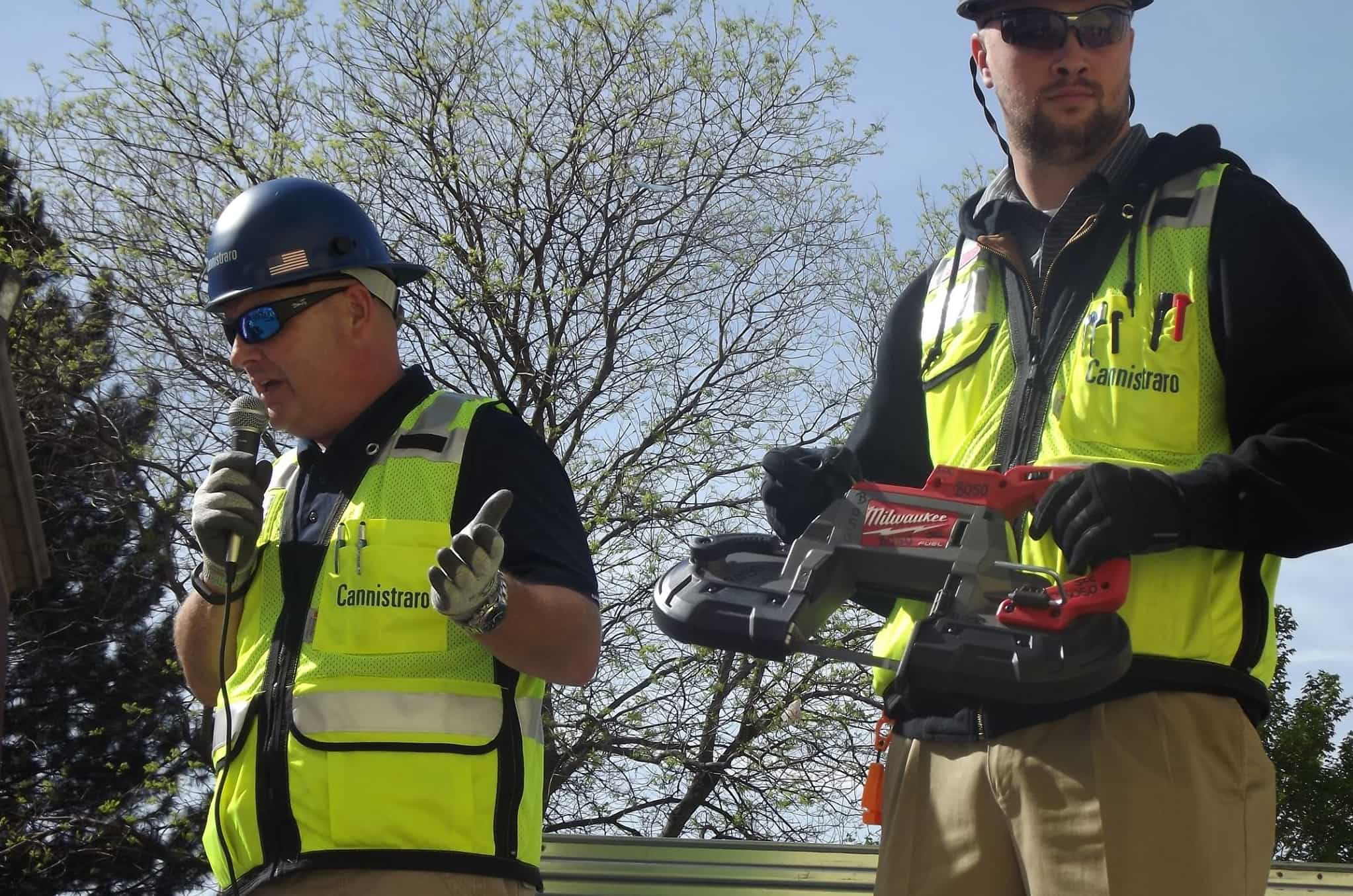
Back to the Cannistraro, for the sons of John Sr. – apparently, participation in the family business ownership and leadership is not a birthright. “My father established conditions that we needed to fulfill,” says Joe Cannistraro – third son and now one of the firm’s executives. Schools were a top priority before Joe knew he wanted to work in the family business or the plumbing industry.
After graduated from Yale, he went to Japan for a job offer as a technical journalist. And later returned to his hometown when his father invited him to work for the firm. Although it was in his DNA, including the fact that he had worked part-time doing odd jobs at the shop while growing up, Joe had no formal training or real experience. After that, the executive has to enroll in a plumbing school and get his journeyman’s license.
But that is not the end of it, with Joe’s economics degree, his dad determined to call the company’s CPA and asked him to interview Joe for the job. As John Sr. puts it, especially people from the Cannistraro when you represent a company you cannot be faux. It is not the desired image and sometimes can be a threat in the long run. “The more they happened to be your family, the stricter it was supposed to be.”
To be eligible, family members must have a college education in engineering or business, is over 30 years old with over five years of experience in the business as well as obtained a track as a contributing manager. “Anyone who wants to move into a leadership position, to possibly come in as an owner, has to meet certain minimum criteria,” says the founder.
As of now, the company has onboard, President John Cannistraro Jr., CFO Joe Cannistraro, Fire protection designer Edward Cannistraro and Vice President David Cannistraro.
So, what is it like sharing oversight of a 500-employees company with three siblings? “It’s a constant tightrope we walk,” Joe says. The brothers all bring something unique and important to the firm and they are all able to focus on their areas of expertise. “We give each other room,” says Joe. “We do pretty well on finding the balance.”
“Collaboration is important, and you can achieve collaboration through understanding and education,” Joe comments as the brothers find balance in running their family legacy.
However, obstacles and road bumps have never spared anyone. While the small plumbing shop starts expanding, they take in new teammates and new characters – that is when ‘family values’ find it hard to fit everyone. And the second-generation led by John Jr. – they started to think of a culture.
Dealing with Culture as a Contract
Around the 1990s, when the company rapidly grew, more than ever the family knew it was the call for a more penetrated culture.
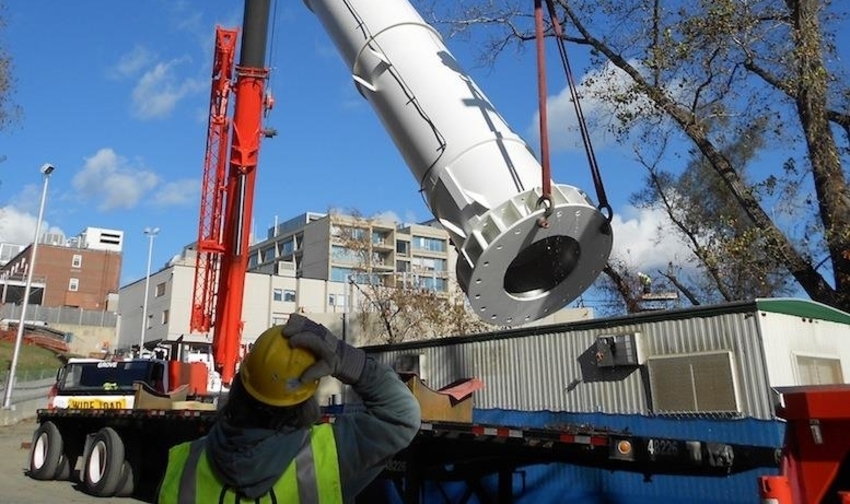
At first, when this concept of culture was brought on the table, John Jr. recalls his people’s reaction was ‘Oh great! We are going to be one of those cooperate now.” This harsh response happens because of his mentioning culture – they think about putting mission statements on the wall, the cooperate literature, and the meaningless thing that companies do to impose platitudes. Nevertheless, the president knows – it has less to do as a prop for display and more to do as a glue that could penetrate hundreds of people into a single goal.
“Culture is not something you can impose, it needs to develop naturally and authentically.” – with such reactions from the crowd, John Jr. recognized.
Under the scope of a contractor, John Jr. takes on this mission just like any other mechanical project. This means people that work in the company are your clients and aspects of culture are features of the project. Just like that, a bunch of stuff starts to make sense, he adds.
#1 Study Your Clients
First of all, you investigate to understand clients’ needs – which include some standard Net Promoter Score questions like ‘Why would recommend this company as a place to work?’ Try to collect data and acknowledge what they have in mind about your operation.
You could never deliver a project without asking clients what it is they are looking for. On the other hand, be savvy to understand that just like any project, you could not do exactly what the customer says. They do not understand how this works thoroughly as you – so, you are going to read between the lines and solve the company’s long-term interest as well as theirs. The point is to listen first!
#2 Estimate and Draft
Secondly, log the use cases. What are the elements of people who succeed at JC Cannistraro? – that is his second question.

John Jr. looks at the most successful, best-fit people at his firm and studies what do they all have in common. With qualities like respectful, achievement-oriented, or integrity, he notices in team leaders and project managers – that is how core values of the Cannistraro culture once again emerge.
“It guides how people behave when no one is watching,” the president explains. However, it is critical that ‘common facets’ and ‘culture fit’ do not set back building teams with a diversity of ideas and backgrounds. Because shared values can show up under many different scopes of people, with unique styles and positions. On top of that, you must see culture as a glue that connects joins scattered among operations not at a frame to forge everybody into – and when hiring, look for attitude instead of ‘culture fit.’
#3 Get Hands On
Thirdly, get the work started. After discussing and outlining these core qualities, John Jr, published the first draft internally.
Guiding the management of the company is a “triangle of success” includes the principles of honoring and respecting all employees as if they are family, paying all bills on time or earlier, and honoring a moral obligation to keep clients out of trouble.
And as having it as an internal document was useful, he knows it is time to release it to the world. According to the president, sharing and declaring your business culture can be a prized possession in attracting customers, capital, and talents. It is your image and your voice; it tells the world who you are and what you stand for – particularly, when your business really has something unique and special that you want others to notice.
Like when you are done with a project, you have something to look at and learn from, sharing your culture with the world would help you recognize something about the types of people you are attracting – as some clues to reflect on. “A fine culture is a pride and selling point if you do it right,” John Jr. adds.
#4 Iterate Because No Project is Ever Done
Finally, do not rest on your laurels. You never build anything and do not ask if your clients are happy about it or repeat a blueprint on every project. You are not done with it just yet.

Just like any product, culture needs to be updated to fit whatever point your company is at. Eventually, over the next few years, the firm will grow with more people, more processes, more questions, and more needs. That is when the original statement tells them who they are, but it did not outline the new problems, and how they should make these new decisions as well as tradeoffs.
So, continuing to iterate over the course of a decade or five years is what they are doing for now. The idea is to optimize the culture along the way, how can it best benefit your people and business, a company’s culture is not to be protected and preserved – or it would be outdated and useless.
These are a few questions you could consider making sure your culture is well-functioning: Does it simplify decision-making because there is trust and alignment on what is the ‘right’ decision? Does it enable consistency around who gets rewarded? Does it make performance evaluation more transparent and less complicated? And does it make hiring easier?
Last but not least, another perk when your culture is outlined is that it can be useful to be a screening tool for hiring. It tells these newcomers forehand about who you are, if they feel like a place they would enjoy – then it would not waste your time.
No doubt, there will be trade-offs in time to hire, but if you skip this, there will soon be negative effects on the other sides, the president says. That is something called ‘culture debt’ and it is insidious, he adds.
The Bottom Lines
So, family values could work for a small business but when it comes to scaling and dealing with the complexity of hundreds of staffs – you seem to need a more serious strategy called ‘culture’. On top of that, the idea here is to not impose a range of ultimate random values but rather look harder as it is already there and hidden in your day-to-day operation.

